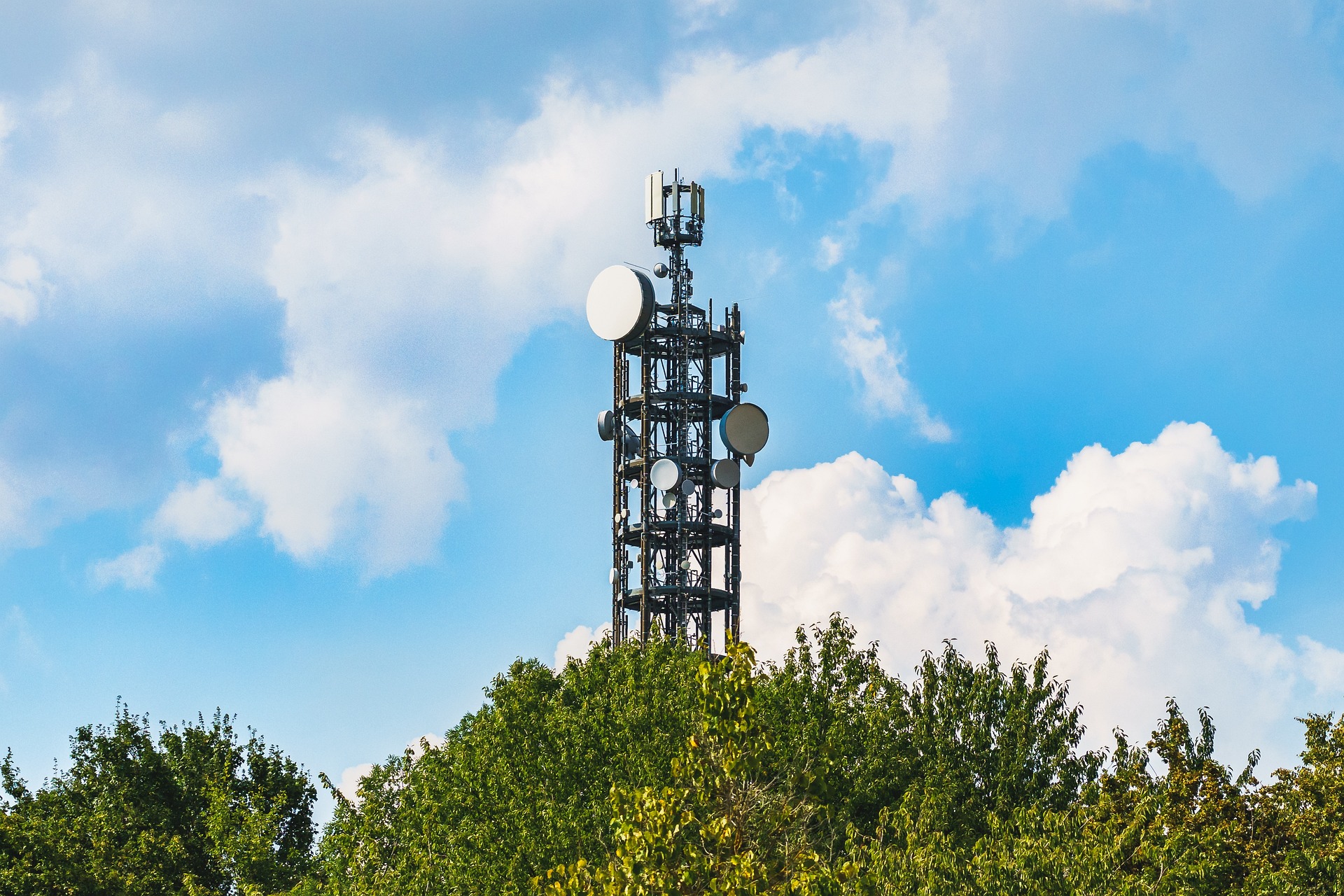Decoding High Altitude Platform Systems (HAPS) - The Sky-High Future of Connectivity
High Altitude Platform Systems, or HAPS, have quietly been advancing beyond the blueprints, promising to redefine our conception of internet connectivity. But what exactly are they, and why might they be a game-changer in the telecommunications realm?

The Emergence of High Altitude Platform Systems
High Altitude Platform Systems (HAPS) represent a new chapter in the evolution of wireless technology. These systems, operating at altitudes of 20 – 50 km above the Earth’s surface, aim to provide telecommunications services similar to satellites, but at a fraction of the cost. The concept first emerged in the 1990s, but has gained traction in recent years due to the advancement in technology and a renewed focus on delivering high-quality internet access to remote and underserved regions.
High Hopes for HAPS
The rising interest in HAPS technology is driven by several compelling advantages. Due to their relatively low altitude compared to traditional space-based satellites, HAPS can offer lower latency and higher data rates, making them ideal for data-intensive applications like streaming or online gaming. They can also be deployed rapidly and be repositioned to respond to changing demand or emergency situations.
The Regulatory Landscape
The feudal regulatory landscape has been evolving to accommodate this emerging technology. The International Telecommunication Union (ITU), for instance, has dedicated spectrum resources specifically for HAPS, providing them with a reliable operational frequency band. Furthermore, the Federal Communications Commission (FCC) in the United States has also been proactive in forming regulatory frameworks around HAPS, ensuring their integration into the existing infrastructure in a sustainable and fair manner.
Impact and Applications
HAPS could revolutionize the way we connect. They hold great potential in bridging the digital divide by providing cost-effective connectivity to remote or hard-to-reach locations. Additionally, they could serve as a critical infrastructure during natural disasters or other emergencies, ensuring uninterrupted communications when terrestrial networks may fail.
Overcoming the Challenges
Despite its potential, the path towards wide-scale deployment of HAPS is filled with challenges. These include technical hurdles such as the need for lightweight and power-efficient technology platforms, issues related to spectrum interference, as well as broader ecological and societal concerns related to their use. Continued research and ongoing dialogue among stakeholders are crucial for addressing these issues.
HAPS represents a promising avenue in the telecommunications landscape, potentially leading us into an era of sky-high connectivity. But like any breakthrough innovation, it will require continued technical progress, balanced regulation, and thoughtful implementation to ensure they benefit all corners of the globe.




